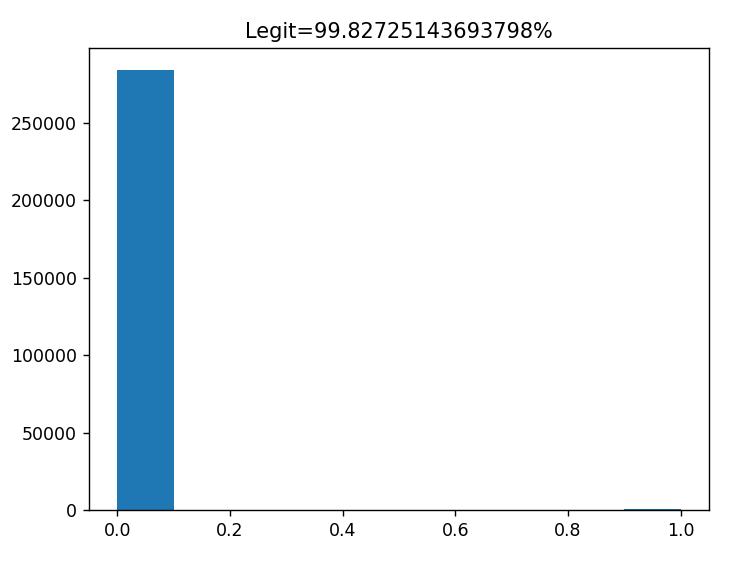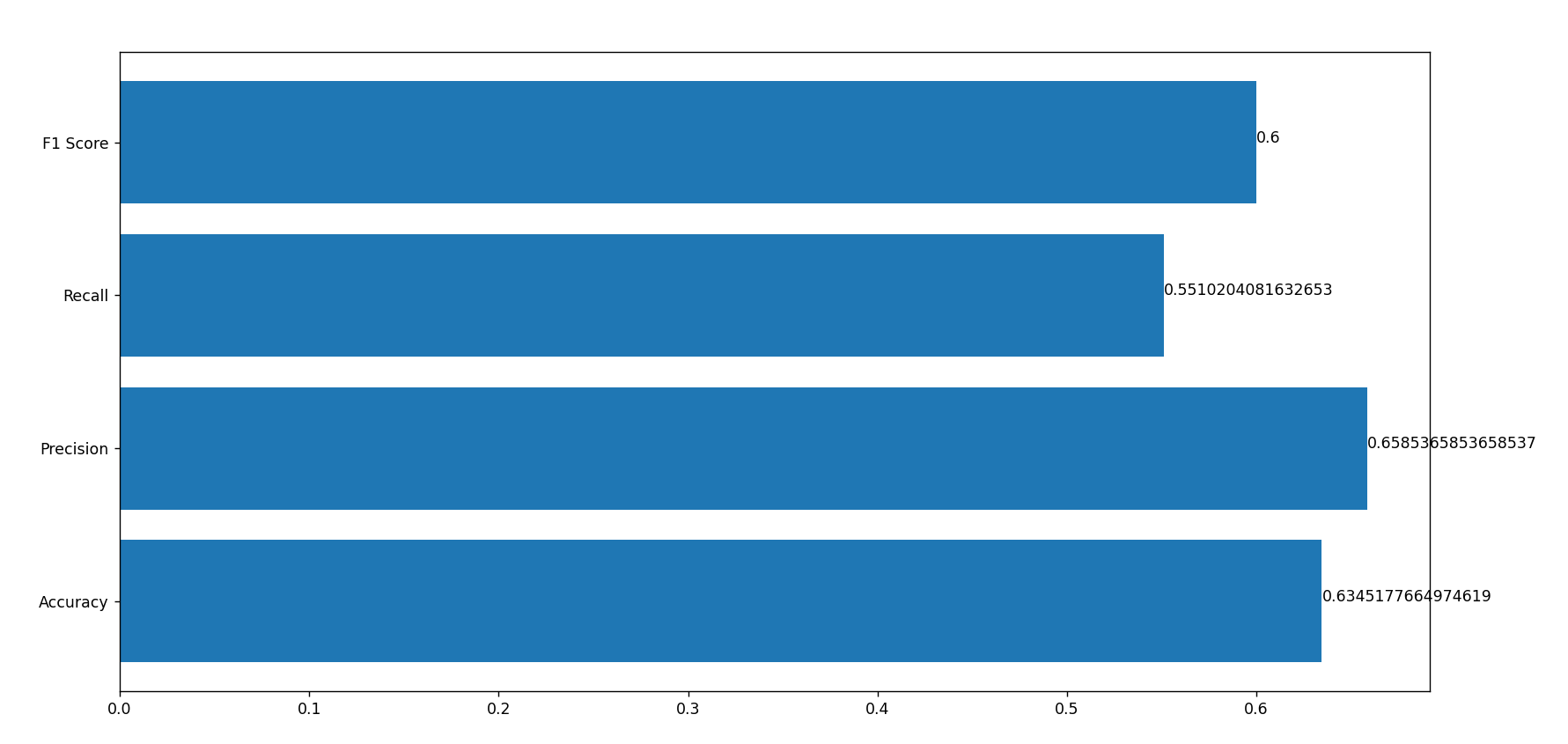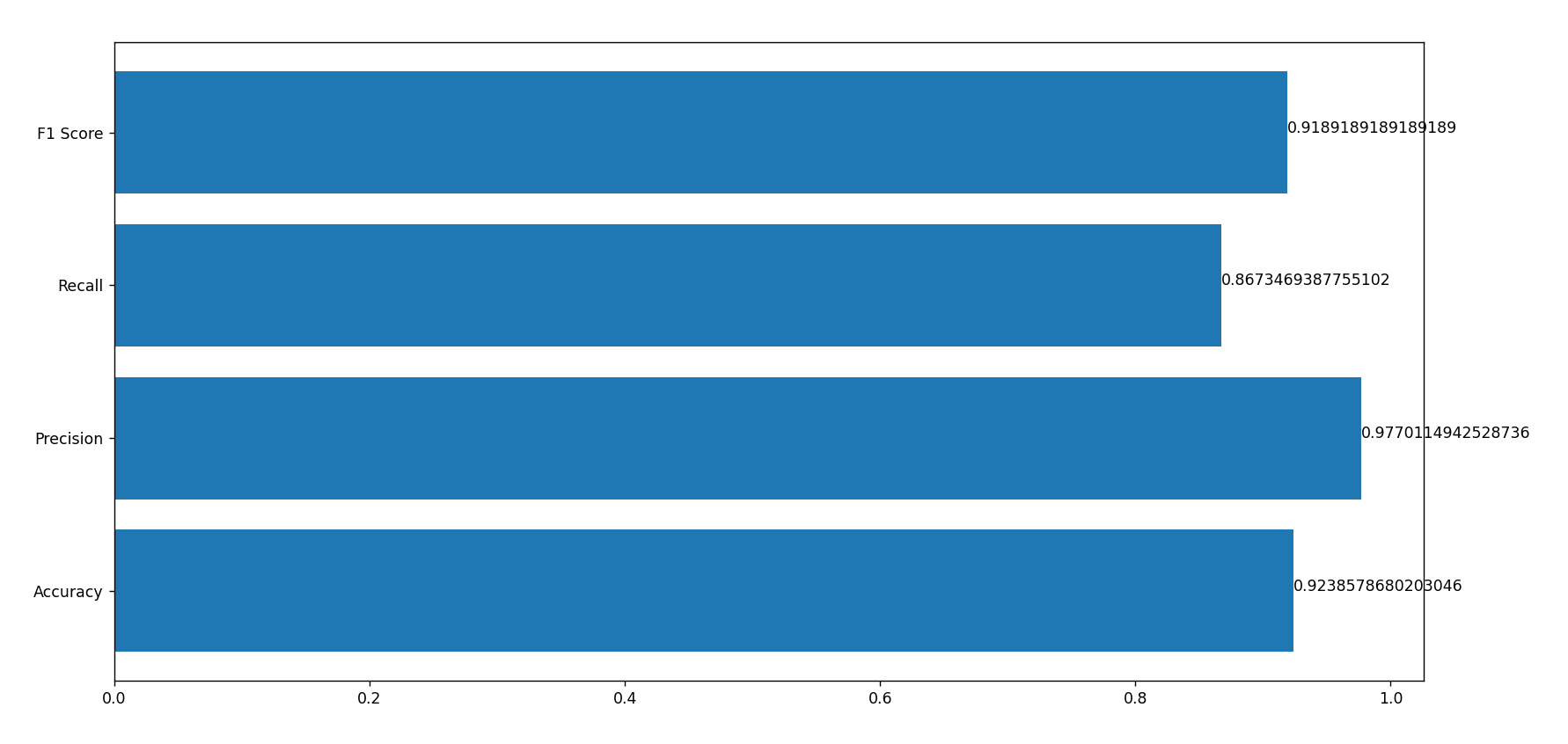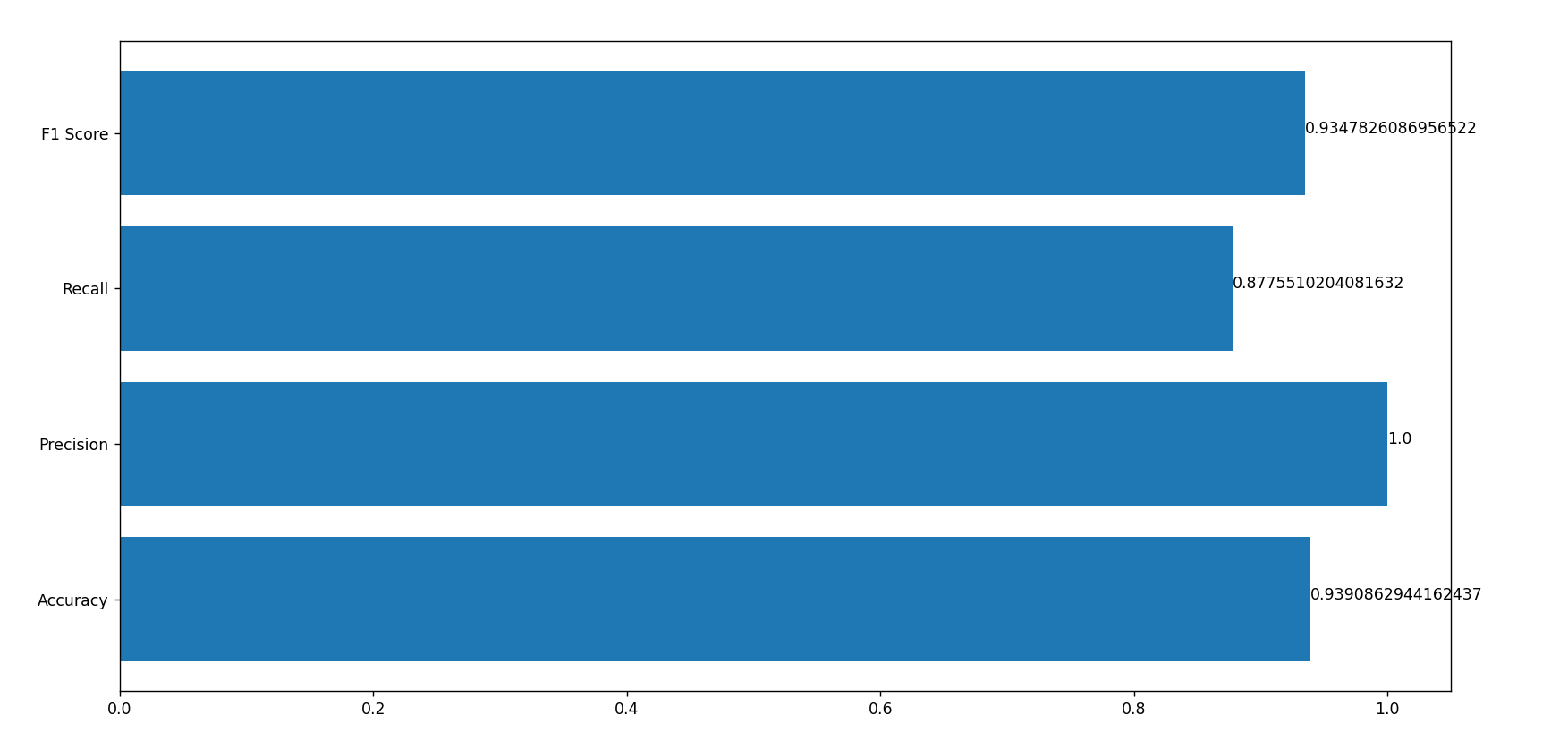Performed analysis on an imbalanced PCA dataset, utilizing K-Nearest Neighbors (KNN), Random Forest, and Logistic Regression algorithms to classify transactions as legitimate or fraudulent. Achieved remarkable results by employing Random Forest, attaining an accuracy of 93.9% and an impressive F1 Score of 93.4%.
-
65% of credit and credit card holders have been fraud victims at some point in their lives, up from 58% last year.
-
In 2022, 44% of credit card users reported having two or more fraudulent charges, compared to 35% in 2021.
-
Since 2021, the median fraudulent charge has climbed by about 27%. This equates to about $12 billion in total attempted fraudulent charges.
-
A small-but-significant share of people (12%) had fraudulent recurring charges from the same merchant over several months.
-
Quick identification of fraudulent transactions can prevent financial loss to the affected parties, such as individuals or businesses. It can also prevent the spread of fraud to other accounts or financial systems.
-
By identifying and analyzing fraudulent transactions quickly, financial institutions and businesses can gain insight into the methods used by fraudsters and take measures to prevent similar attacks in the future.
-
Quick identification of fraudulent transactions can lead to faster resolution of the issue, as it allows for prompt reversal of the transaction and investigation of the fraud.
-
It was found out that Data is having 2,84,807 rows and 31 columns.
-
Class 1 Signifies Fraudulent Transaction
-
Class 0 signifies Legit transaction
-
It was found out that out of 2,84,807 Transactions, only 492 were legit.
-
This implies that the data is severely unbalanced, and we will have to balance it before training the models.

-
Loading the Data
-
Balancing the data
-
Splitting the data into Test and Train Dataset
-
Tuning the Model
-
Evaluating the Model by finding Accuracy, Precision, Recall & F1 Score for the given model
-
Pickling the Model
-
KNN (K-Nearest Neighbours)
It works by finding the K nearest neighbors to the new instance from the training data and then assigning the class label of the majority of those neighbors to the new instance. -
Logistic Regression
It models the probability of the target variable taking a particular value based on a set of input features. The output of logistic regression is a probability score between 0 and 1, which can be interpreted as the likelihood of the instance belonging to the positive class. -
Random Forest
It is an ensemble learning method that combines multiple decision trees to create a more accurate and robust model. Decision Tree is a tree-based model that recursively splits the input data into smaller subsets based on the values of the input features, and makes predictions based on the resulting subsets.
-
Originally, the accuracy of the model was excellent, but its precision and recall were significantly low. To address this issue, the dataset was balanced prior to being inputted into the model.
-
The analysis of feature correlation proved challenging due to the application of Principal Component Analysis (PCA) on the dataset.
-
Since the outcome of K-Nearest Neighbors (KNN) is reliant on the initial value of K, the model underwent analysis using various K values before being pickled for future use.
 Highest Accuracy of 93.90% was achieved using Random Forest Classifier with an impressive F1 Score of 93.47%.
Highest Accuracy of 93.90% was achieved using Random Forest Classifier with an impressive F1 Score of 93.47%.


